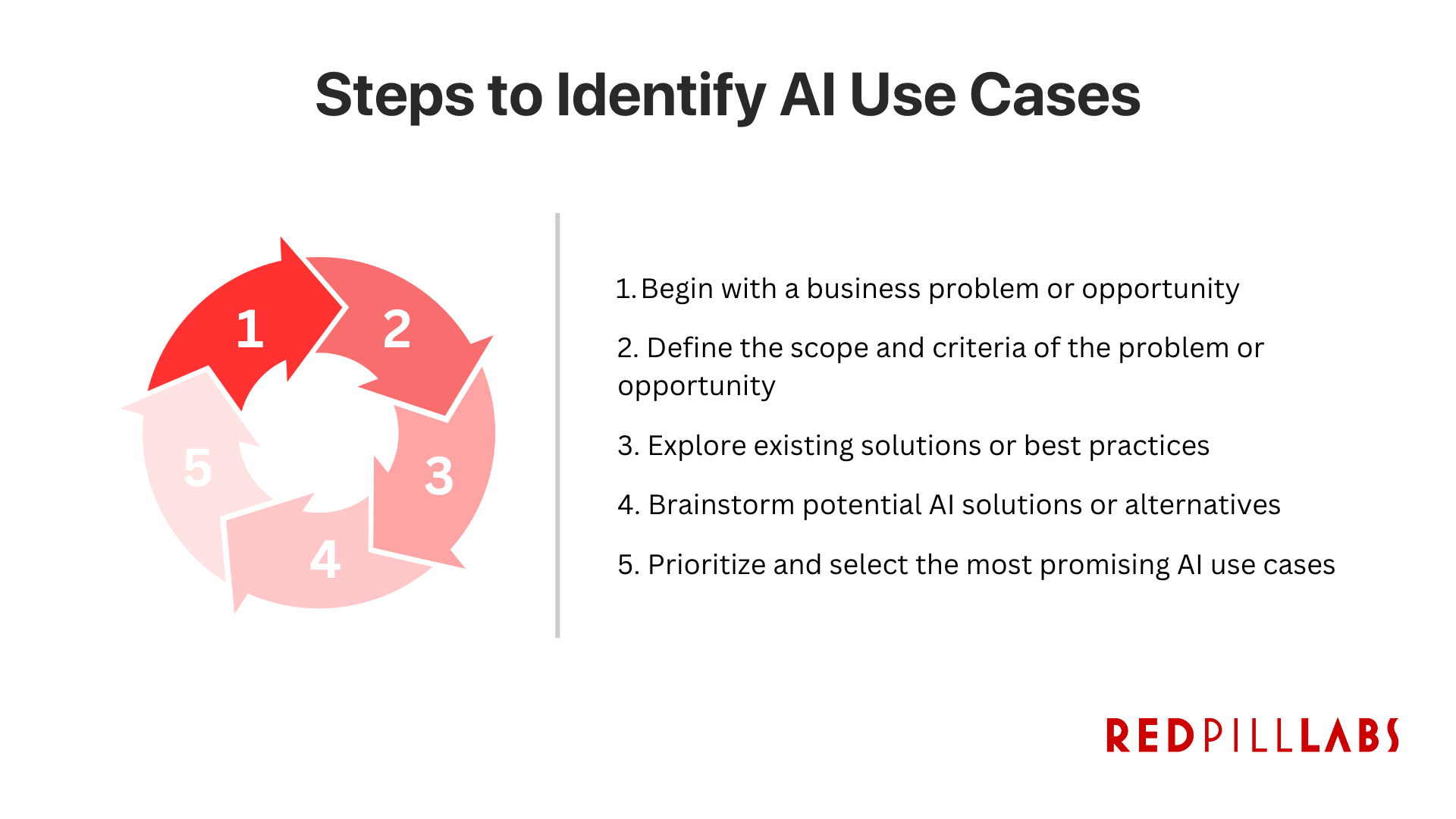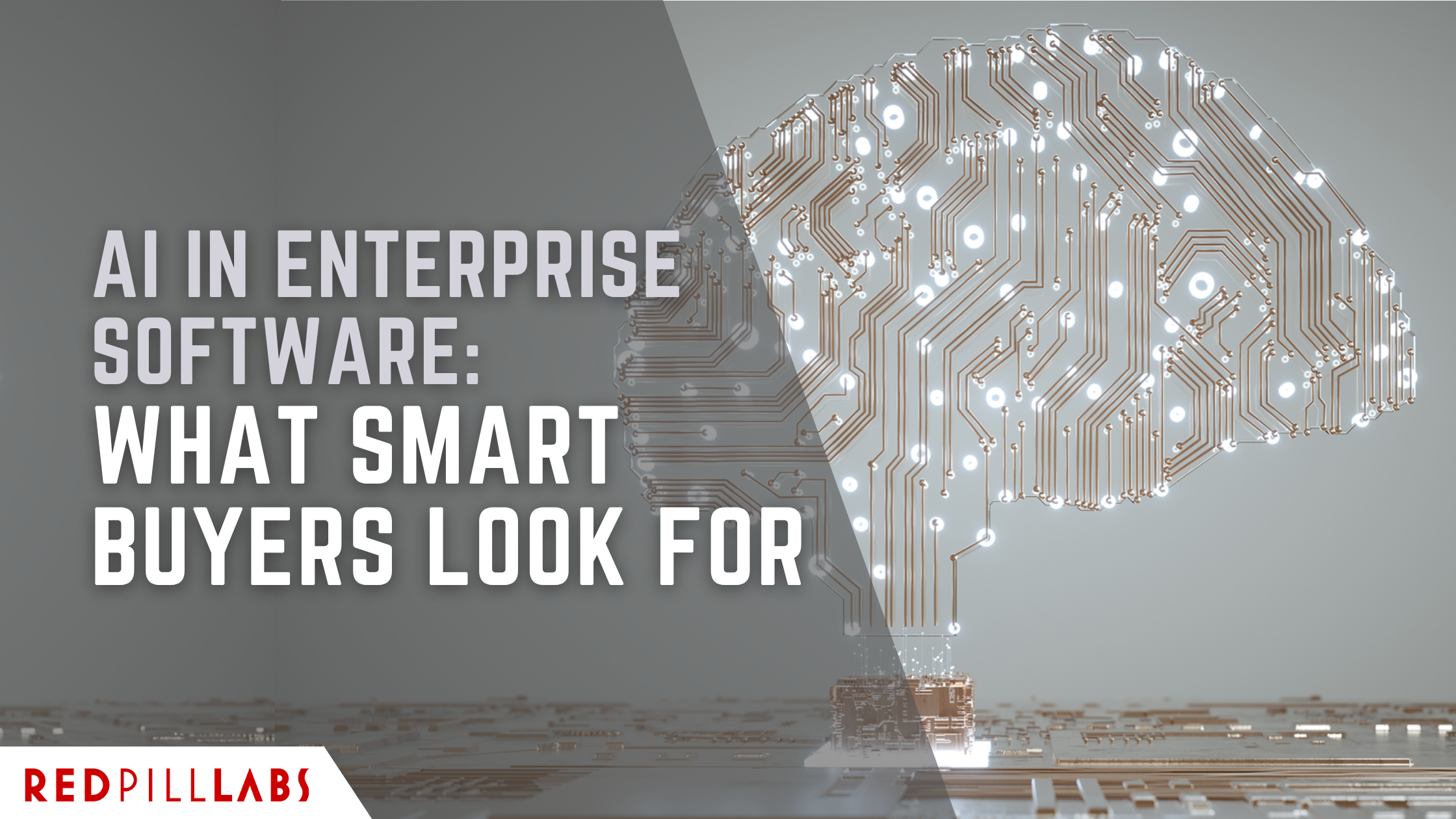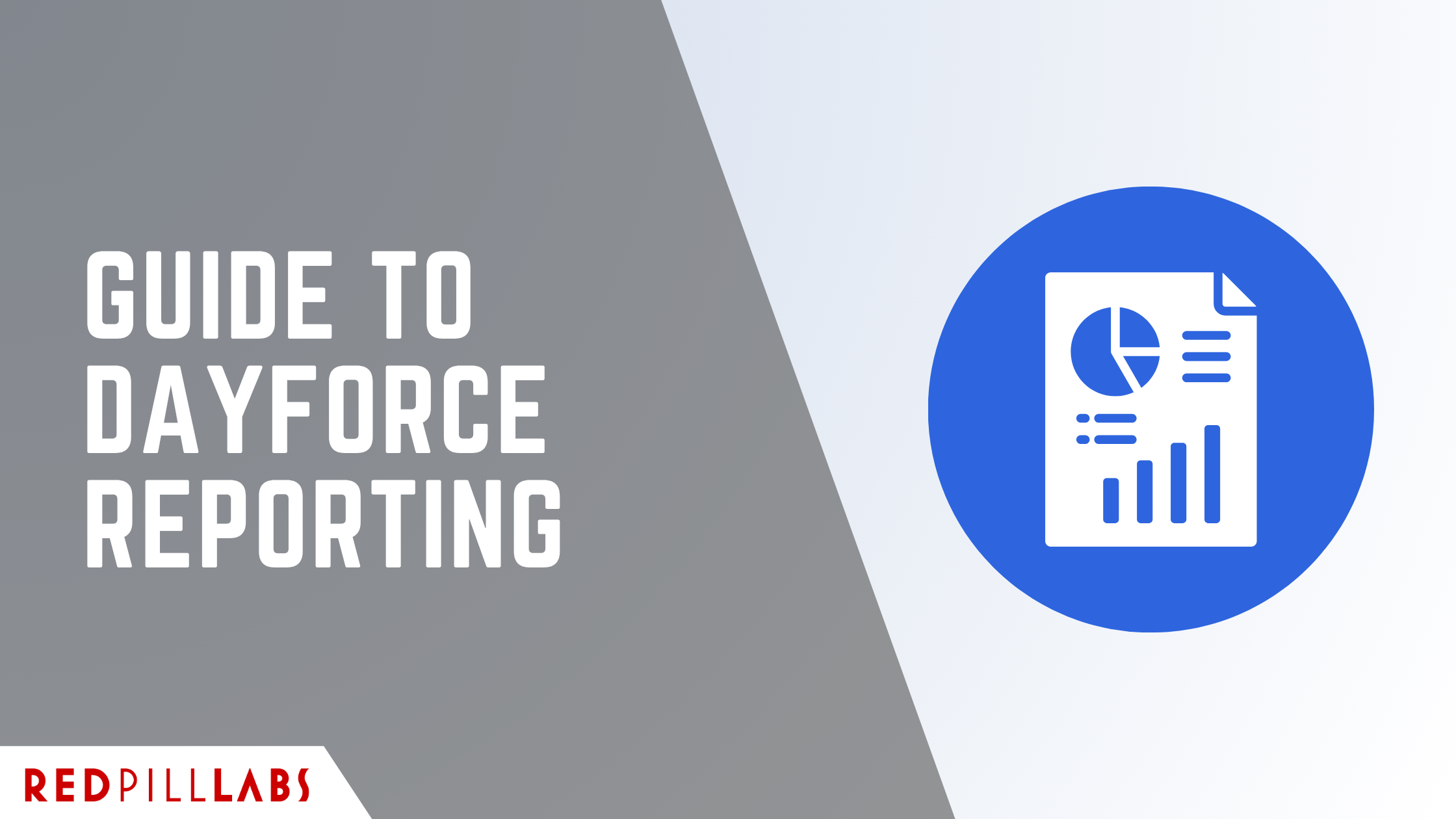How To Determine a Use Case for A.I. in Your Organization
Artificial Intelligence (aka A.I. or AI), is transforming businesses across all industries and sectors. AI has the ability to help increase efficiency, improve customer experience, automate processes, and enhance decision-making. But how can you tell if AI is a good fit for your business? What are some use cases in which you can utilize AI within your organization.
Well, you’re in luck as this blog post will go over some of the steps and questions you should consider before implementing AI in your organization. We'll also provide a few examples of typical AI use cases that you can learn from and maybe apply to your business.
Steps to Identify AI Use Cases
Before diving into AI projects, you need to look inside your organization. Taking some preparatory steps will go a long way to ensure a smooth and successful implementation of AI.
Steps include:
Determining your business objectives
Assessing your company’s readiness for change
Assessing your company’s data readiness and data strategy (governance)
Educating yourself and your team
Identifying internal champions who are enthusiastic about AI
Conducting an AI feasibility study
Starting small with a pilot project that can be built with an AI team or partner with external resources.
Additional steps include:
Creating an implementation road map
Establishing metric for success
Including change management as part of the implementation.
Most importantly, you will need to confirm executive support of the project to secure (time, people and financial) resources. You also need to evaluate the availability and experience of technical resources (either internally or externally) that you have access to. Phew.
Now, here are five steps to identify AI use cases for your organization:
Begin with a business problem or opportunity. What are some pain points or gaps you’d like to address or improve? What are some of the goals or results you want to achieve or improve? Do you wish to reduce costs, increase revenue, optimize operations, or improve customer satisfaction?
Define the scope and criteria of the problem or opportunity. How big is the problem or opportunity? How frequent is it? How significant is its impact on your business? How measurable is it? How achievable is it to solve or exploit using AI? Do you have enough data to train and validate an AI model? Do you or someone on your team have the right skills and tools to develop and deploy an AI solution?
Explore existing solutions or best practices. How is the problem or opportunity currently being addressed or resolved? What are the limitations or drawbacks when it comes to your current approach? What are a few of your industry's best practices or benchmarks? How do other organizations utilize AI to solve similar problems?
Brainstorm potential AI solutions or alternatives. How can you use AI to improve or replace your current solution? What are some of the possible AI techniques or methods that you can apply? What are some of the advantages or disadvantages of using AI over other approaches? For example, can you use machine learning to automate a manual process, natural language processing to analyze customer feedback, computer vision to detect defects, or deep learning to generate insights?
Prioritize and select the most promising AI use cases. Based on your business goals, criteria, and constraints, rank and evaluate the potential AI use cases that you have identified. Choose the ones that have the highest value proposition, feasibility, and alignment with your strategy and vision. For example, you can use a matrix or a scorecard to compare different AI use cases based on factors such as impact, effort, risk, and return.
5 Simple Steps to Identify AI Use Cases within Your Organization.
Examples of AI Use Cases
To inspire you and give you some ideas of what AI can do for your organization, here are some examples of common AI use cases:
Marketing: You can use AI to personalize your marketing campaigns and content based on customer preferences, behaviour, and feedback. You can also use AI to segment your customers based on their attributes, interests, and needs. For example, based on user ratings and viewing history, Netflix uses AI to recommend movies and shows.
Sales: You can use AI to optimize your sales pipeline and forecast by analyzing historical data and trends. You can also use AI to generate leads and prospects based on their online activity and intent. For example, Salesforce uses AI to prioritize leads and opportunities based on their likelihood to convert and close.
Customer service: You can use AI to automate your customer service and support by using chatbots, voice assistants, or email bots. You can also use AI to enhance your customer service and support by using sentiment analysis, emotion detection, or natural language understanding. For example, Amazon uses AI to power its Alexa voice assistant which can answer customer queries and requests.
Technology: You can use AI to improve and innovate your technology by using software engineering, hardware engineering, or cloud computing. You can also use AI to create and test your technology by using code generation, code review, or code testing. For example, Microsoft uses AI to develop and debug its software products and services.
Security: You can use AI to protect your organization from cyberattacks and fraud by using anomaly detection, intrusion detection, or biometric authentication. You can also use AI to monitor and audit your security systems and processes by using log analysis, compliance checking, or risk assessment. For example, Mastercard uses AI to detect fraudulent transactions and prevent card fraud.
Data: You can use AI to manage and analyze your data by using data cleansing, data integration, data visualization, or data mining. You can also use AI to generate and enrich your data by using data augmentation, data synthesis, or data extraction. For example, Google uses AI to crawl and index web pages and provide relevant search results.
Examples of Areas to Utilize AI In: Possible Use Cases for Your Business.
Conclusion
AI is and has been a powerful and versatile tool that helps solve various business problems and create new business opportunities. As written above, to successfully implement and scale AI in your organization, you must first identify the relevant use cases that align with your business goals, challenges, and capabilities.
By following the steps and questions that we have outlined in this blog post, you can find and select some of the most promising AI use cases for your organization.















